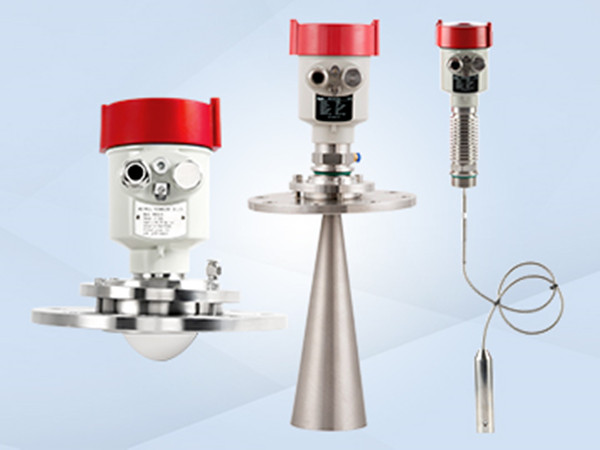Radar Level Measurement for Ammonia Applications
Radar Level Measurement for Ammonia Applications
Radar type level sensors have become a reliable and safe solution for liquid level monitoring across a wide range of chemical and industrial applications. One of the most challenging mediums to measure is ammonia, which typically has two common forms: ammonia water (ammonium hydroxide, NH₄OH), and liquid ammonia (NH₃). Each of these substances presents unique measurement challenges.
Why Radar Level Sensors for Ammonia?
Radar level sensors have non-contact or guided-wave types that use microwave signals to detect the surface level of liquids. They are widely used in chemical storage and process tanks due to their robustness, accuracy, and resistance to harsh media.
Ammonia, being toxic, corrosive, and sometimes stored under pressure, demands a safe, accurate, and low-maintenance level measurement method. Radar type level sensors are well-suited for this role due to their narrow beam angles, high resolution, and ability to operate in challenging environments like vapors or foam.
Benefits of Radar Technology in Ammonia Measurement
- Narrow beam angle for precise targeting in small or cluttered tanks
- High accuracy up to ±1mm
- High signal resolution even in the presence of vapor
- Compact antenna design for easy installation
- Reliable operation under fluctuating pressure and temperature
Besides, our radar level sensors stand out since we can maintain or replace the radar transmitter head without opening the tank. This is crucial in ammonia measurement where minimizing exposure to harmful vapors is essential for worker safety.

Choosing the Right Radar Level Sensor
1. Ammonia Water (NH₄OH)
Ammonia water is typically stored in vented tanks and generates minimal vapor. Its high dielectric constant makes it easy for radar waves to detect the liquid surface, and thus both contact guided wave radar and non-contact radar level sensors work well under normal temperature and pressure. Using a PTFE or PFA antenna is ideal.
No significant signal loss due to vapor; simple installation and long service life.
2. Liquid Ammonia (NH₃)
This is ammonia in its liquefied state under moderate pressure. It can release vapor that affects radar signal transmission, especially at elevated temperatures.
Due to the dense vapor generated by liquid anhydrous ammonia, radar signals are significantly attenuated, making accurate measurement challenging. As storage pressure increases, the vapor density also rises, further weakening the signal. Lower-frequency radar signals are more susceptible to this attenuation compared to higher-frequency signals. Guided wave radar operates using low-frequency pulse signals, which are less affected in heavy vapor environments. Therefore, in higher pressure applications, guided wave radar generally performs better than non-contact radar sensors.
If its density is less than 0.617 g/cm³, an 80GHz radar level sensor may have unstable accuracy. Instead, guided wave radar may have better performance. Maintenance-friendly designs where the radar head can be serviced without opening the tank are highly recommended for safety.
Ensure sensor materials (antenna, seals) are resistant to ammonia corrosion. Titanium or PTFE-coated surfaces are commonly used.
Installation Tip:
Guided wave radar probes must be selected based on tank geometry and process conditions. Always consult sensor material compatibility with ammonia.
Comparison Table
| Parameter | Ammonia Water (NH₄OH) | Liquid Ammonia (NH₃) |
|---|---|---|
| Physical State | Aqueous solution | Liquid under some pressure |
| Corrosiveness | Moderate | High |
| Vapor Generation | Low | Moderate |
| Dielectric Constant | 25–35 | 16–18 |
| Radar Type | Non-contact or guided-wave (under normal pressure & temperature) |
Guided-wave |
Ammonia level measurement presents various challenges depending on its form. Whether it’s ammonia water, liquid ammonia, or anhydrous ammonia, using the correct radar level sensor is key to ensuring safe, stable, and accurate operations.
For applications involving vapor, pressure, and safety risks, we must evaluate the dielectric properties of the medium, operating temperature and pressure, tank design and access points, and sensor material compatibility.
Still have questions on how to select the right level measurement technology? DO NOT worry, consult us here.





